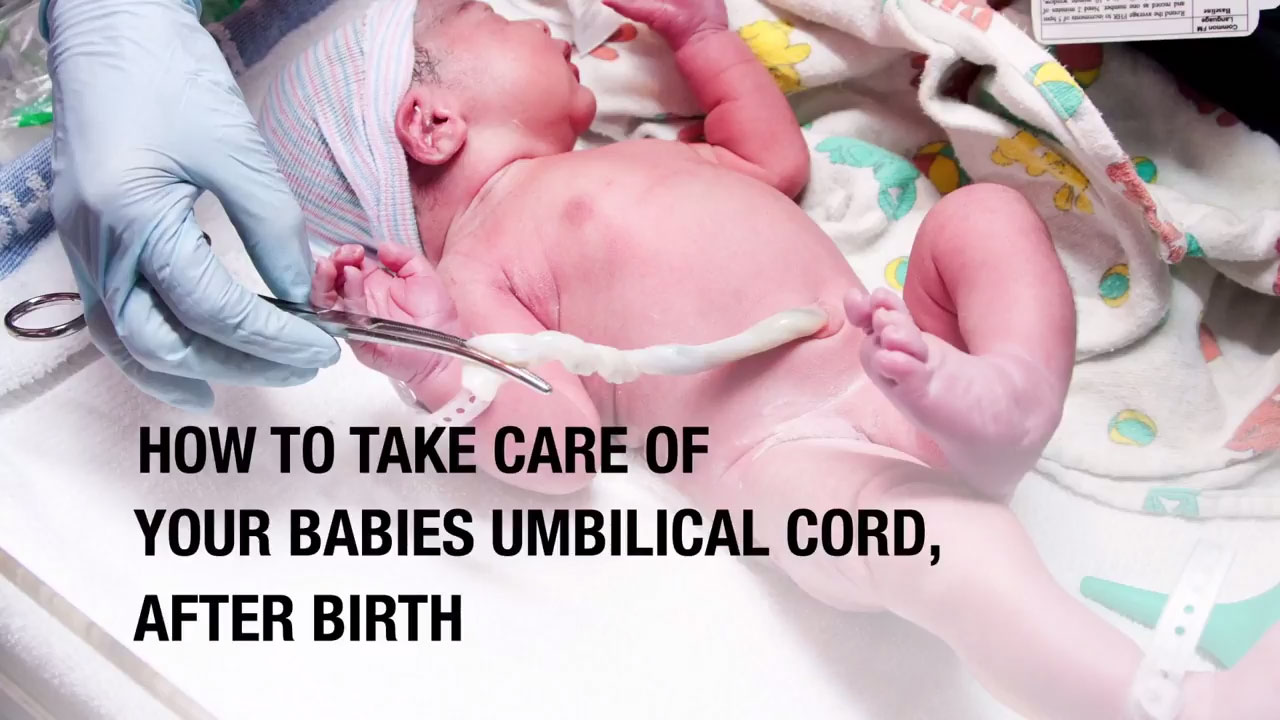Cord Clamping
What is Delayed Cord Clamping?
History Behind Delayed Cord Clamping
There's something important you need to know about the moment a baby's umbilical cord is clamped and cut. And that is, at the moment a baby's born, a third of their blood is still outside their body. The blood that's been coursing through them through all of pregnancy, is still outside in the placenta and umbilical cord. And for all of human history, what happened was, the baby would get born, and then the cord would start to pulse, and it would pump, and it would push blood into the baby. They would get 30% more blood in that next 90 seconds, or so. They'd get 60% more red blood cells. They'd get iron that they needed. They'd get white blood cells to fight infection. They'd get antibodies. They'd get oxygen. They'd get stem cells going through to them. It's powerful, powerful stuff.
Delayed Cord Clamping Explanation
But what happened in the 20th Century, is the medical establishment got the idea that we wanna immediately cut and clamp the cord, locking out all that good stuff, but whisking the
... Read more
baby away to do medical care. It's time for that to change. So, it's not just all of human history this has happened, it's every primate waits until the cord stops pulsing. Every mammal on the planet, there's not a single one that will sever the umbilical cord before it stops pulsing. So, talk to your provider, whether it's a physician, or midwife, or doula, whoever's there to help you with the baby. Put it in your birth plan, and help spread the word. The campaign is called TICC TOCC: Transitioning Immediate Cord Clamping to Optimal Cord Clamping. Spread the word. We can end that this year. There'll be a quarter of a million babies born today, and for most of them, that valuable umbilical cord blood will end up in the trash. Let's never let that happen again. And by the way, there's still plenty of stem cells left in the placenta and umbilical cord, if you wanna do banking.
Pediatrician Tanya Altmann discusses how to handle your baby’s umbilical cord after birth and gives some useful tips
Pediatrician Alan Greene, MD, explains why it is necessary to include Optimal Cord Clamping in your birth plan if you want your umbilical cord clamping to be delayed
Pediatrician Alan Greene, MD, explains the benefits that delayed cord clamping has on a newborn baby that immediate cord clamping does not provide
Pediatrician Alan Greene, MD, explains the optimal time to clamp the cord after childbirth and the benefits that delayed cord clamping has
Be the first to leave a comment










